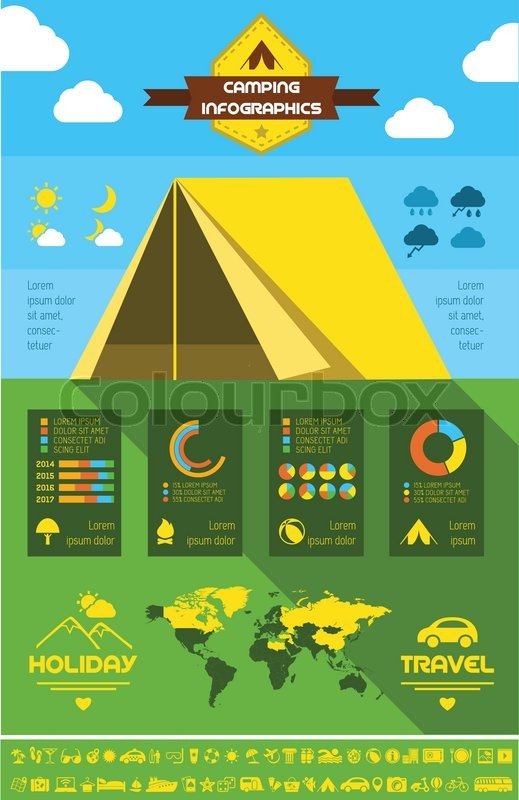Corner angles are necessary parts in building and construction and design tasks. They supply stamina, sturdiness, and versatility. They are additionally easy to mount and can endure various ecological elements.
Contractors use many types of angles to develop strong, steady frameworks. Several of these angles are for aesthetic appeals, while others are made use of to improve accessibility and feature.
Strength
The stamina of steel angles is critical for ensuring that structures are risk-free and can hold up against hefty lots. These components can be used for a variety of tasks, from reinforcing beam of lights and columns to producing frameworks for shelving and fencing. They are likewise excellent for creating support frameworks in industrial environments.
Bent inside corners are a fundamental part of modern-day design and style, as they aid to disperse tension evenly throughout the product. This can make a material stronger and less most likely to split or fail, specifically in products such as glass, stone, and floor tile.
Rounded corners in rotomolded components additionally aid to reduce tension concentrations, which can bring about structural weaknesses and low quality. For this reason, Gregstrom Firm advises that designers use rounded corners when producing rotomolded parts. These features will improve the overall quality of the finished product and aid to make certain that the shaped part is solid, sturdy, and resilient. This will decrease the need for repairs or substitutes gradually.
Durability
Curved inside corners are an important component of modern design and layout, and they can substantially increase the stability of structures made of rock or glass. They additionally assist to equally disperse tensile and compressive pressures, which minimize the possibility of fracturing or breakage.
These angles are critical to our day-to-day lives, making it much easier for us to move around in our surroundings. As an example, mobility device ramps, staircases, and entrances are designed with specific angles to make sure security and ease of access. In addition, the ideal angle is used in bridges and structures to make sure structural integrity.
In geometry, an angle is the point where 2 rays fulfill. It is additionally referred to as a vertex. The 4 corners of a square have an inner angle of 90 levels. Nevertheless, the term is often made use of to explain any kind of edge. For instance, in picture structures, the top and lower rails call for 45 degree mitre cuts. This is due to the fact that the board widths are various.
Flexibility
While the appropriate angle is the most usual sort of angle, various other kinds can create special, useful, and visually attractive structures. Whether you're creating a modern coffee table or an industrial-style home, making use of various angles will certainly assist you attain the desired aesthetic.
You can make use of light weight aluminum angle to make custom brackets for safeguarding and reinforcing your tasks. These braces are lightweight and strong, so they can hold up compass against heavy loads and tensions. They additionally can be found in a variety of shapes and sizes, making them a flexible choice for a vast array of projects.
Lots of modern buildings make use of curved inside edges to raise structural stability and durability. These rounded edges disperse stress and anxiety throughout the structure to stop weak points and cracks. This is a crucial consideration for building contractors and contractors, particularly when working with heavy products like stone or tile. Producing a bent edge can additionally boost the lifespan of the material and minimize maintenance costs. It is essential to select the ideal angles for your project, and to ensure that they are appropriately set up to prevent any kind of possible concerns.
Price
Bent inside edges are an important element of contemporary design and engineering, as they play a crucial role in increasing frame security and longevity. They also help reduce stress and anxiety distribution and lessen breakage. Furthermore, they can improve the visual appeal of a framework.
Words "corner" typically, but not always, describes a 90 level angle. In geometry, nevertheless, the term "angle" is really a point where 2 lines or sides satisfy (or assemble). These points are called vertex, and they can be straight or curved.
Making use of a bent mitre in a photo frame, as an example, needs mindful estimation. The mitre angle is based upon the width ratio of the board at each edge. If the boards are of equal size, then they will each call for a 45 degree mitre. If the boards are wider, after that they will each call for a different angle. This scenario prevails in customized frames, where the leading and bottom rails are often broader than the side rails.
